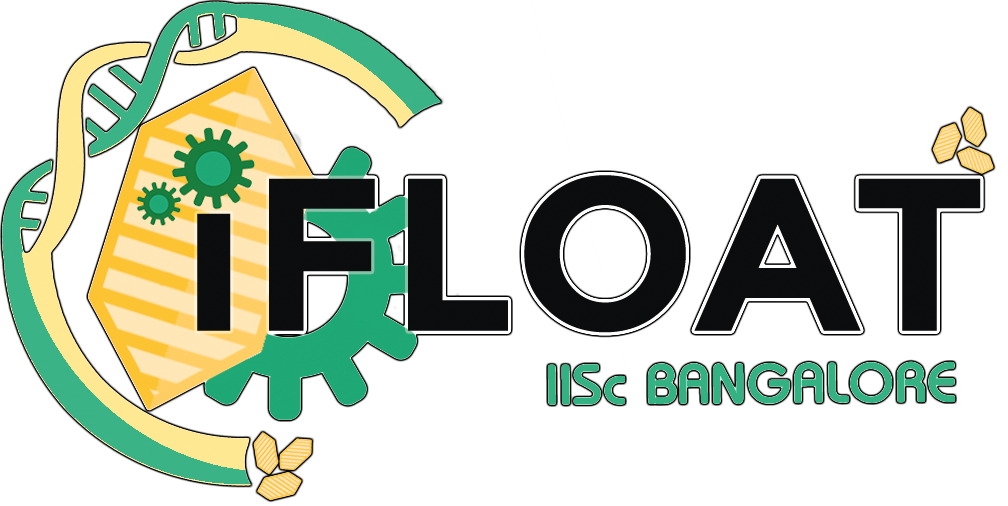| Line 5: | Line 5: | ||
<ol> | <ol> | ||
<li>Gas Vesicle Structure</li> | <li>Gas Vesicle Structure</li> | ||
| − | |||
| − | |||
| − | |||
| − | |||
| − | |||
| − | |||
| − | |||
| − | |||
<li>Mathematical Model</li> | <li>Mathematical Model</li> | ||
| − | + | <li>Experimental Data</li> | |
| − | + | ||
| − | + | ||
| − | + | ||
| − | + | ||
| − | + | ||
| − | <li>Experimental Data</li> | + | |
| − | + | ||
| − | + | ||
| − | + | ||
| − | + | ||
| − | + | ||
| − | + | ||
| − | + | ||
| − | + | ||
| − | + | ||
| − | + | ||
| − | + | ||
| − | + | ||
| − | + | ||
| − | + | ||
| − | + | ||
| − | + | ||
| − | + | ||
| − | + | ||
| − | + | ||
| − | + | ||
| − | + | ||
| − | + | ||
| − | + | ||
| − | + | ||
<li>Results</li> | <li>Results</li> | ||
Revision as of 13:48, 24 October 2017
Modelling
Gas Vesicles
Gas vesicles are proteineceous nano-structures that are utilized by many aquatic micro-organisms like halo-bacteria and some algae to provide buoyancy. The structure and arrangement is highly conserved between organisms with width being almost the only widely varying parameter. They contain gases which diffuse in during formation and are kept localised by the hydrophobicity of the inner membrane. Unlike true vesicles, these are made of proteins instead of phospholipids and are hence of considerable interest. Each gas vesicle is composed of two primary protein monomers, the gas vesicle forming proteins A (GvpA) and C (GvpC). The entire structure will be discussed in the following sections.
Verification of presence of Gas VesiclesThe easiest way to assay presence of gas vesicles is their disappearance under high pressure under a microscope. This was observed even during normal experiments. Fully filled micro-centrifuge tubes containing dilute gas vesicle suspensions lost their faint opalescence when the tube was closed (this did lead to a loss of samples). A more strict assay was done using DLS (See Dynamic Light Scattering) and SEM Imaging to pinpoint the exact size of the nano-particles. It was found that these gas vesicles have an effective hydrodynamic radius of around 230nm. This estimate was particularly valuable in the development of our model.











